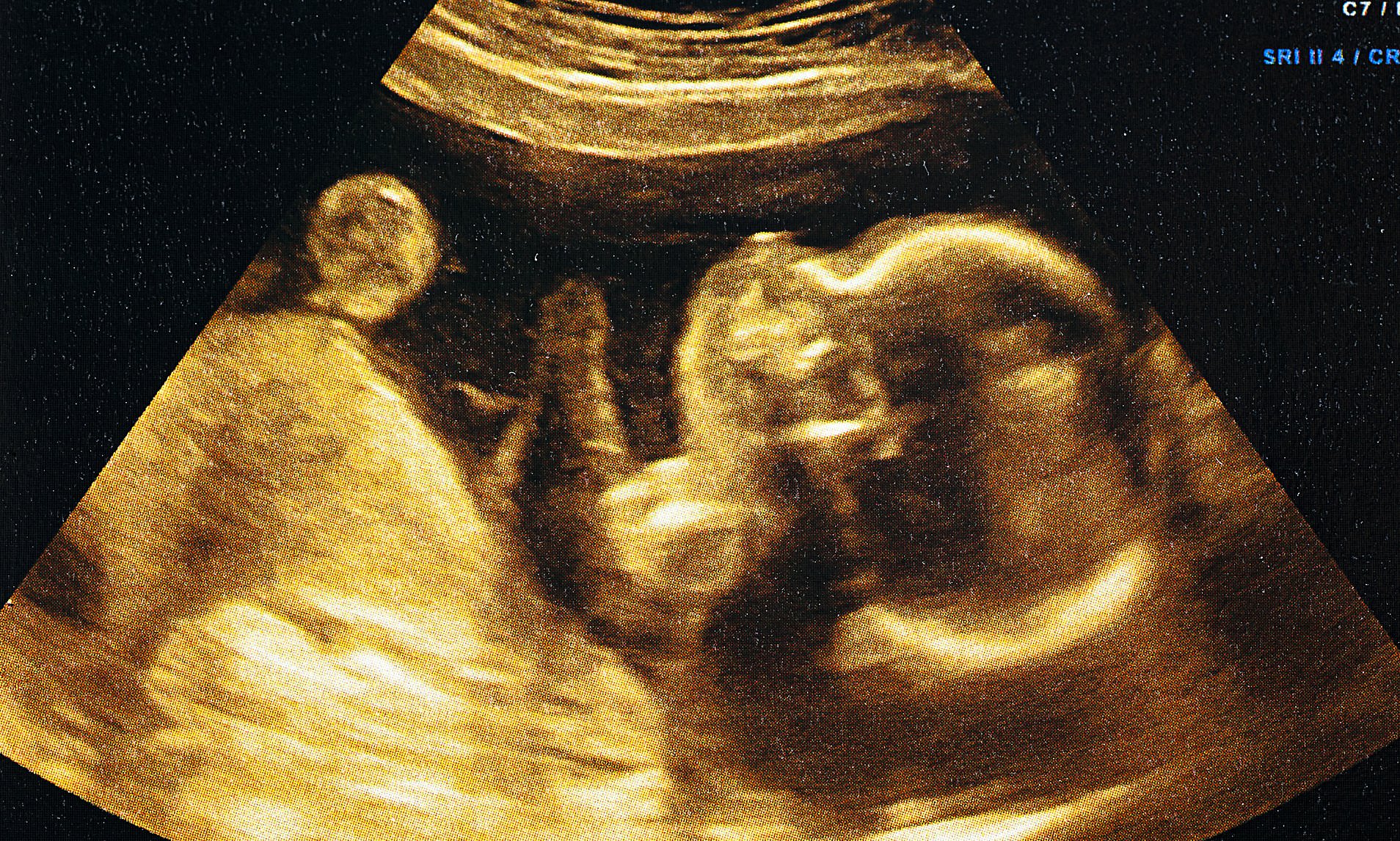AI Reveals Baby's Exact Due Date Through Ultrasound Analysis, Study Says

The Role of AI in Predicting Birth Dates
Artificial intelligence (AI) is making significant strides in the field of healthcare, particularly in obstetrics. A recent study has shown that using AI to analyze ultrasound scans could provide parents with a highly accurate prediction of their child's birth date. This groundbreaking approach claims an impressive 95% accuracy rate, offering a more reliable alternative to traditional methods.
Traditional Methods and Their Limitations
For many years, healthcare professionals have relied on Naegele’s rule to estimate a baby’s due date. This method involves adding 40 weeks to the first day of the mother’s last menstrual period. However, this approach assumes a regular 28-day menstrual cycle and ovulation on day 14, which is not always the case for every woman. As a result, only about four percent of babies are born on their estimated due date in the UK.
This inaccuracy highlights the need for more precise methods to determine the exact timing of childbirth. The introduction of AI technology offers a promising solution to this challenge.
The AI Ultrasound Study
A group of researchers from the United States has developed a software program called "Ultrasound AI." This program was trained using over two million ultrasound images collected from women who gave birth at the University of Kentucky between 2017 and 2020. The study aimed to assess how effectively AI could predict whether a baby would be born prematurely or at full term.
The results were impressive. The AI system demonstrated 72% accuracy in predicting preterm births without relying on external information such as maternal history or clinical measurements. For babies carried to full term, the accuracy rate reached 95%, and when considering all births combined, it achieved 92% accuracy.
Expert Insights and Future Implications
Dr. John O'Brien, director of maternal-fetal medicine at the University of Kentucky, emphasized the potential impact of this technology. He stated, "AI is reaching into the womb and helping us forecast the timing of birth, which we believe will lead to better prediction to help mothers across the world and provide a greater understanding of why the smallest babies are born too soon."
He also highlighted the importance of this work as a significant step forward in the application of AI within obstetrics. The goal is to use these insights to improve pregnancy outcomes and reduce the risks associated with preterm births.
The Global Impact of Preterm Births
Preterm birth remains the leading cause of neonatal mortality worldwide. One in every 12 babies is born prematurely, underscoring the urgency of finding effective solutions to address this issue. In response, the UK government recently announced plans to reduce the rate of preterm births from 8% to 6%.
By integrating AI into prenatal care, healthcare providers can potentially identify high-risk pregnancies earlier and implement targeted interventions to improve outcomes. This innovation not only enhances the accuracy of due date predictions but also contributes to a broader understanding of the factors that influence preterm birth.
Conclusion
The use of AI in analyzing ultrasound scans represents a transformative shift in obstetric care. With its ability to predict birth dates with remarkable accuracy, this technology holds the potential to significantly improve maternal and neonatal health outcomes. As research continues to evolve, the integration of AI into routine prenatal care may become a standard practice, offering hope for a future where more babies are born healthy and on time.

Comments
Post a Comment